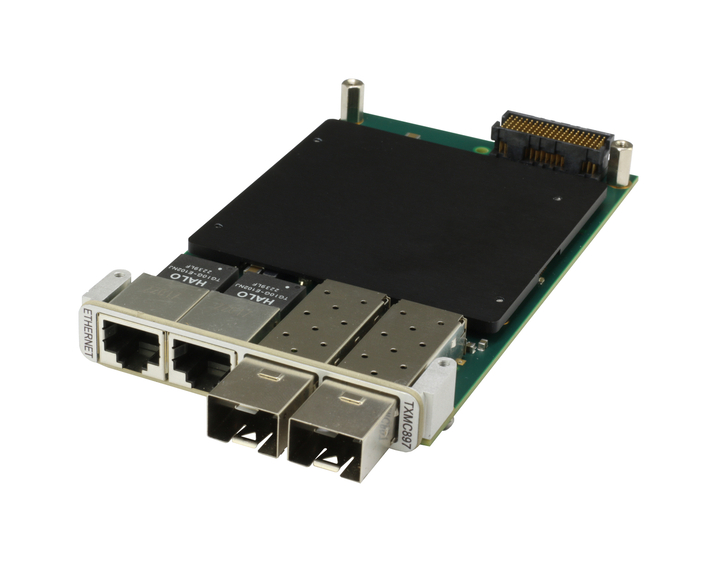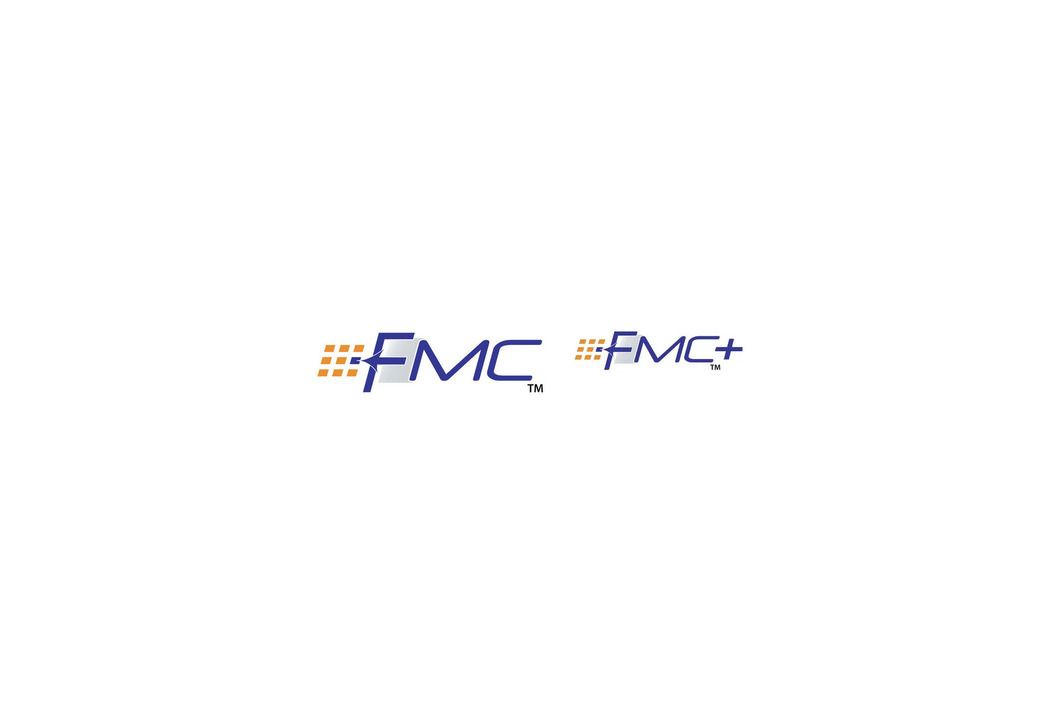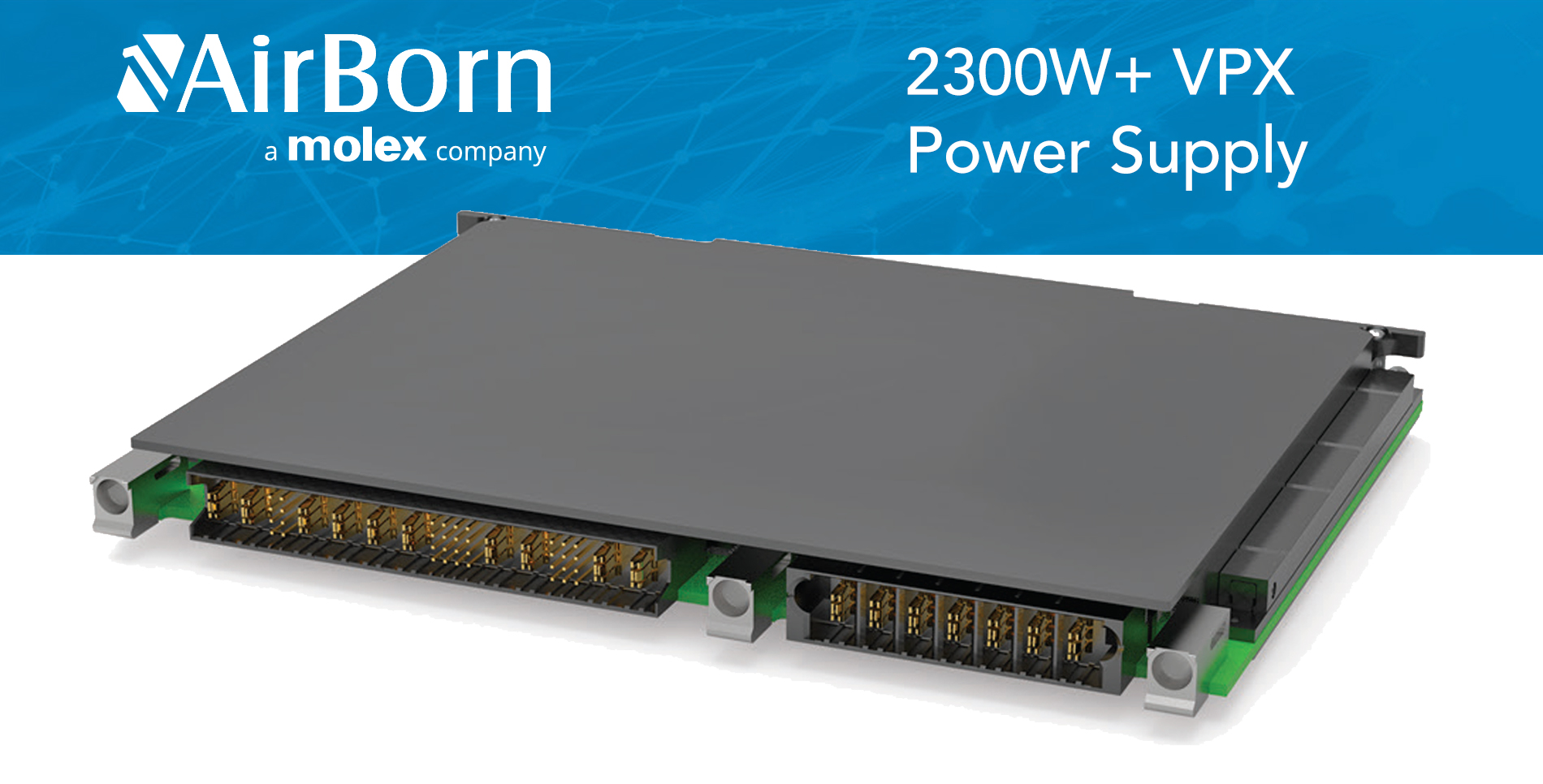VMEbus: What were you guys thinking around the time that VMEbus first came into existence?
HEVLE: The 68000 [processor] series came along and our expansion desires were rekindled. Max Loesel, our Europe manager at Motorola, made me aware of a developing European standard called Eurocards. They came in single, double, and triple widths. I liked what I saw, and I argued for this approach. I lost because of strongly stated engineering requirements and distaste for anything European at that time. Another reason was that large computer businesses were used to big boards like VERSAmodules. But there was no way we could sell these big VERSAbus modules in the process automation market. Max, however, didn’t give up. His engineers retrofitted the VERSAbus onto double EUROcards in his Munich “skunk works.” He kept me up to date and even took me to see some of his prospective customers. I was hooked, and the result was called Versa Module Europe and its acronym became VME.
VMEbus: What were some of the high and low points in the original VMEbus development?
HEVLE: At a Motorola corporate planning session, I explained that with VMEbus we could catch Intel, whose MULTIbus II was quickly gobbling up the market. The next idea was that if we shared the VMEbus with other manufacturers, we would swamp the market with VMEbus boards and bury Intel. Sharing a standard technology was something Intel would never consider. We never did get strong management acceptance and approval, but we pressed on.
We sent Jim Gunderson to explore the cooperation concept with Philips/Signetics and United Technologies, and they were ecstatic. Thus began a series of meetings to determine which company would build which boards to share with each other. This entire group spent a lot of time with attorneys to make sure we avoided any antitrust situations. Philips/Signetics jumped onboard and designed some boards.
[Editor’s note: this spirit of “co-opetition” (cooperating while competing) remains to this day part of the successful VME culture. Competitors work together to create VME standards, then go and compete in the marketplace.]
VMEbus: After 25 years, how has this turned out?
HEVLE: We established a very successful VMEbus International Trade Association (VITA). We were able to get the U.S. Navy to standardize on VMEbus, then the Army and Air Force. Soon many of the world’s military forces followed suit. A major accomplishment was the reduction of Intel’s percentage of the market from 95 percent to 0. They eventually discontinued their MULTIbus II board operations. “Mission accomplished.”
VMEbus: What do you think the next 25 years will hold?
HEVLE: I retired in 1995 and have not followed the progress of VITA or the VMEbus since then. VITA was the high point of my professional life and I am eternally grateful to the very many pioneers of VMEbus.









